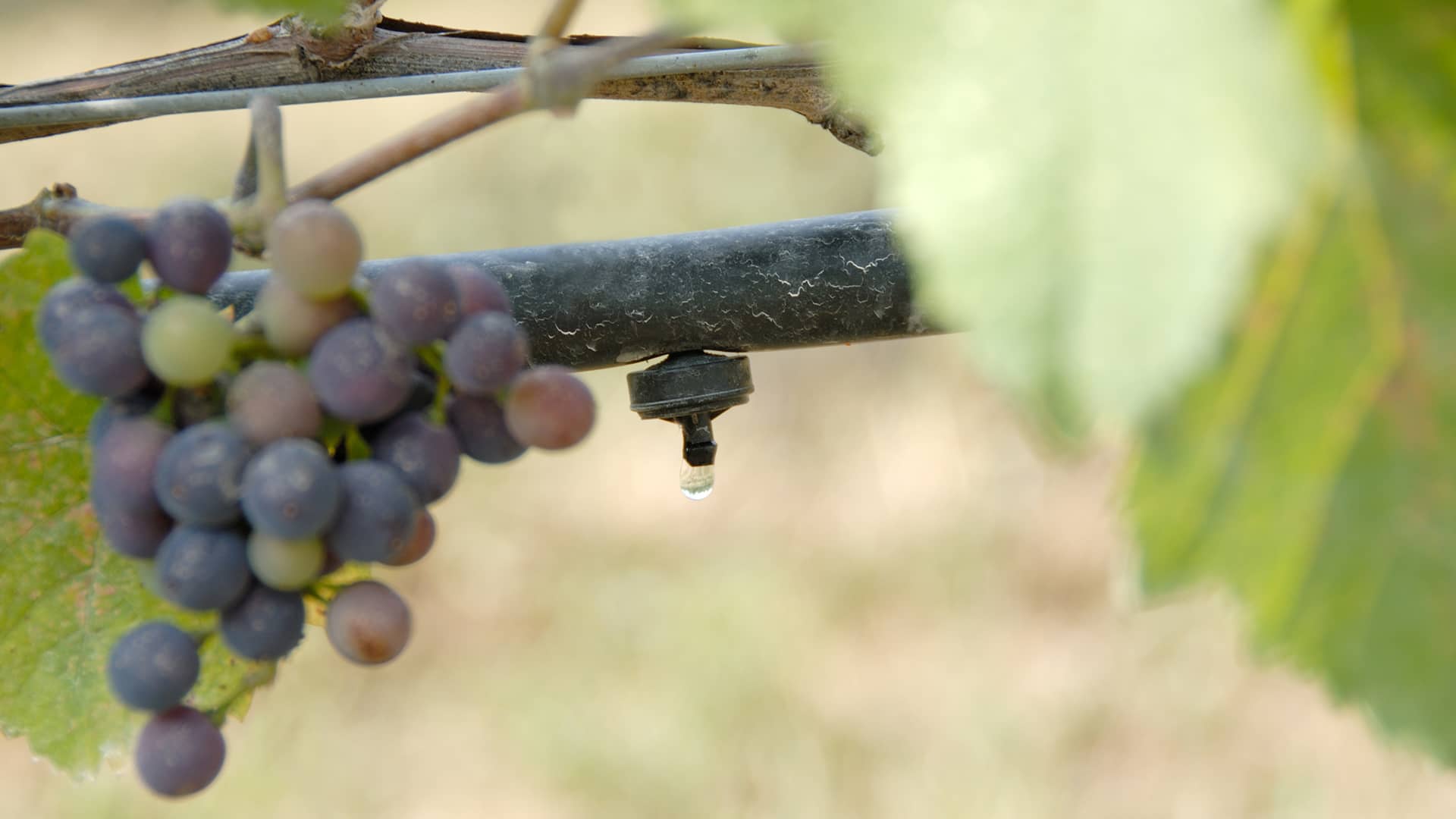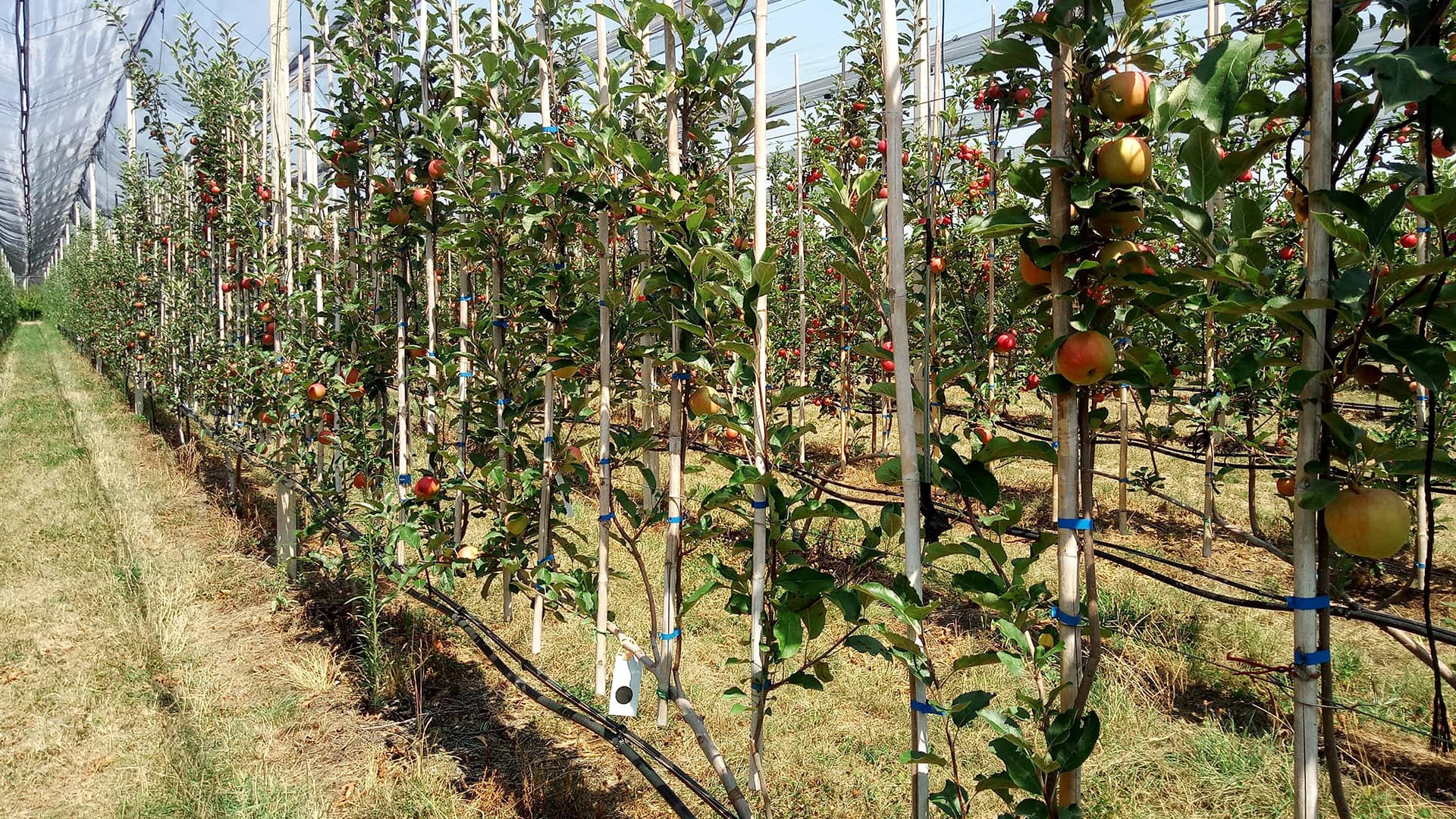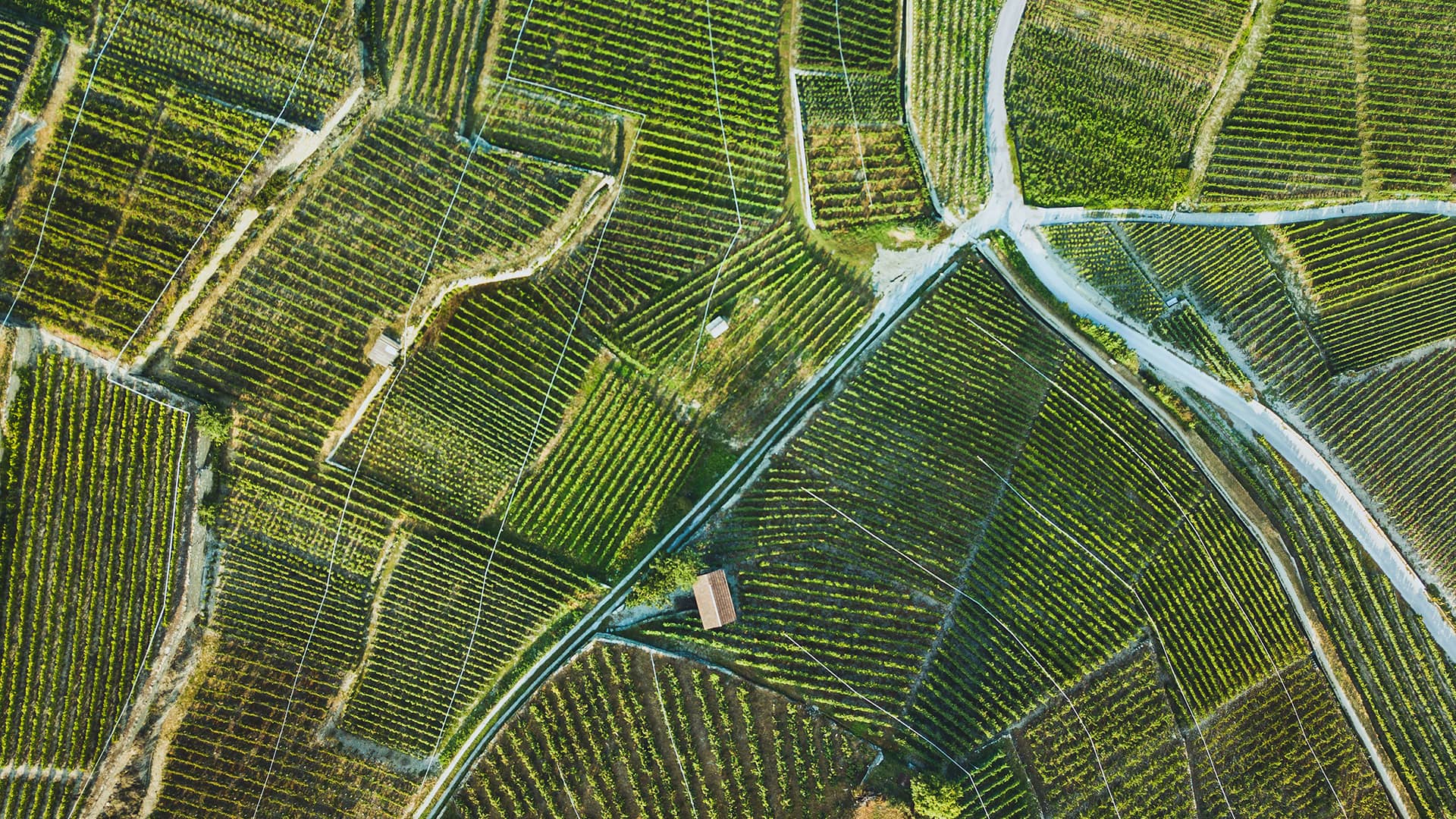
WG1
PHYSIOLOGICAL PARAMETERS AND SENSING TECHNOLOGIES
WG1 focuses on physiological parameters and sensing technologies for monitoring water status in fruit crops. The group will compile existing knowledge on crop responses to different water conditions and create a database for analyzing physiological indicators. They will identify reliable plant-based sensors and assess remote sensing tools to complement local sensors. Integration protocols for plant sensor data into remote sensing applications will be explored, considering the spatial heterogeneity of orchards. Finally, the group will analyze the feasibility of detecting plant water status and identify gaps in monitoring technology.

WG2
MODELS
The focus of WG2 is to identify and select physiological and geospatial models for estimating plant water status and needs. A survey will be conducted to assess existing process-based physiological models, such as “QualiTree,” “Cropsyst,” and “OliveCan,” to determine their suitability for integration into a comprehensive irrigation model. The most robust models will be chosen to predict fruit tree water use and performance under varying water availability conditions. The performance of these selected models will be compared, and efforts will be made to enhance the interoperability of the platforms where these models are compiled. The goal is to improve accessibility and accuracy of the platforms across different environments and management conditions.

WG3
IRRIGATION SCHEDULING
WG3 aims to enhance irrigation practices for improved crop production and water conservation. Through monitoring plant water needs and utilizing advanced models, WG3 will determine optimal irrigation amounts for different crops and conditions. We also identify effective scheduling methods to maximize yields while minimizing water usage. Additionally, we explore management zones based on plant and environmental factors to address field variability. Our goal is to provide practical tools and guidelines to help farmers make informed irrigation decisions for better crop management.

WG4
Decision Support Systems: ADVANTAGES AND CONSTRAINTS
We collaborate with service providers, sensor developers, consultants, farmers, and local authorities to enhance decision support systems (DSSs) for irrigation management. Our goals include assessing existing DSSs, understanding their reliability and usefulness for different fruit tree crops and regions, and identifying their advantages and limitations. Through surveys and discussions, we gather data on current DSS usage and evaluate their effectiveness. We then compile a list of the most promising DSSs for specific fruit tree species and regions, highlighting tools that show potential for further improvement and adoption. Our aim is to provide farmers with valuable resources for informed decision-making in fruit production.

WG5
GUIDELINES FOR IMPLEMENTATION INTO PRACTICE
We collaborate with service providers, sensor developers, consultants, farmers, and local authorities to enhance decision support systems (DSSs) for irrigation management. Our goals include assessing existing DSSs, understanding their reliability and usefulness for different fruit tree crops and regions, and identifying their advantages and limitations. Through surveys and discussions, we gather data on current DSS usage and evaluate their effectiveness. We then compile a list of the most promising DSSs for specific fruit tree species and regions, highlighting tools that show potential for further improvement and adoption. Our aim is to provide farmers with valuable resources for informed decision-making in fruit production.
